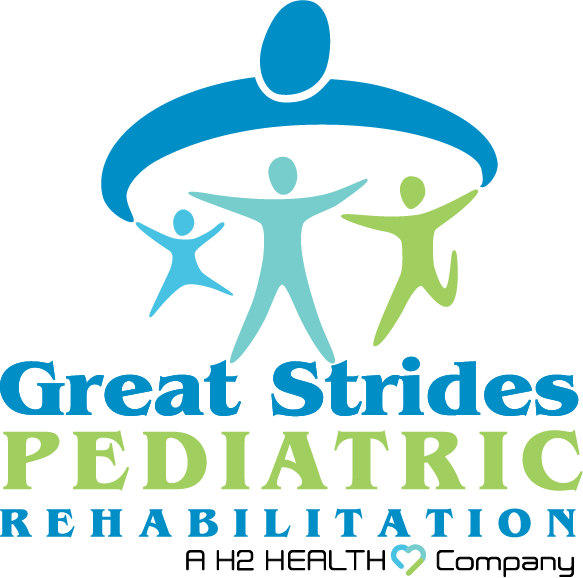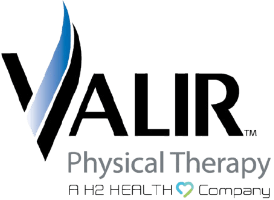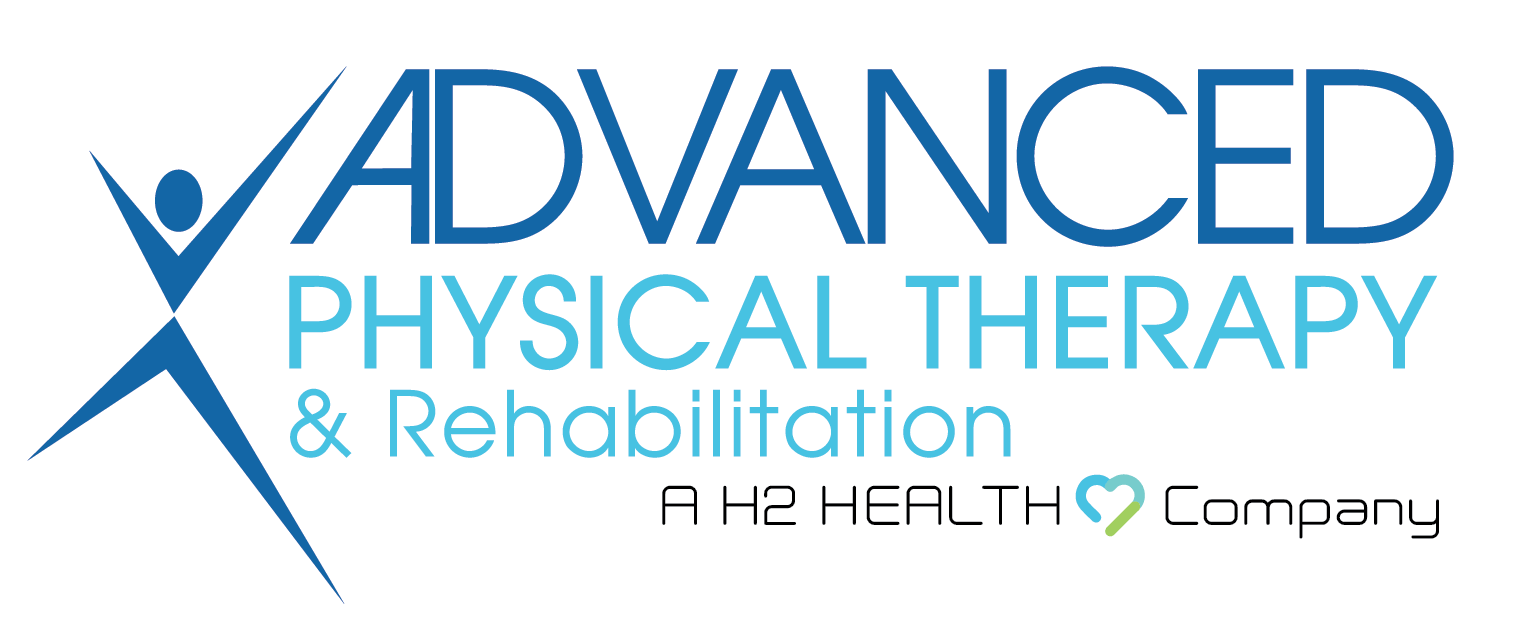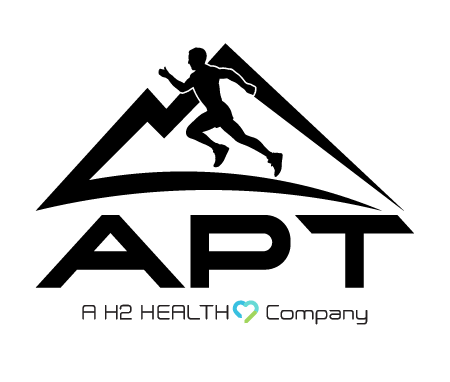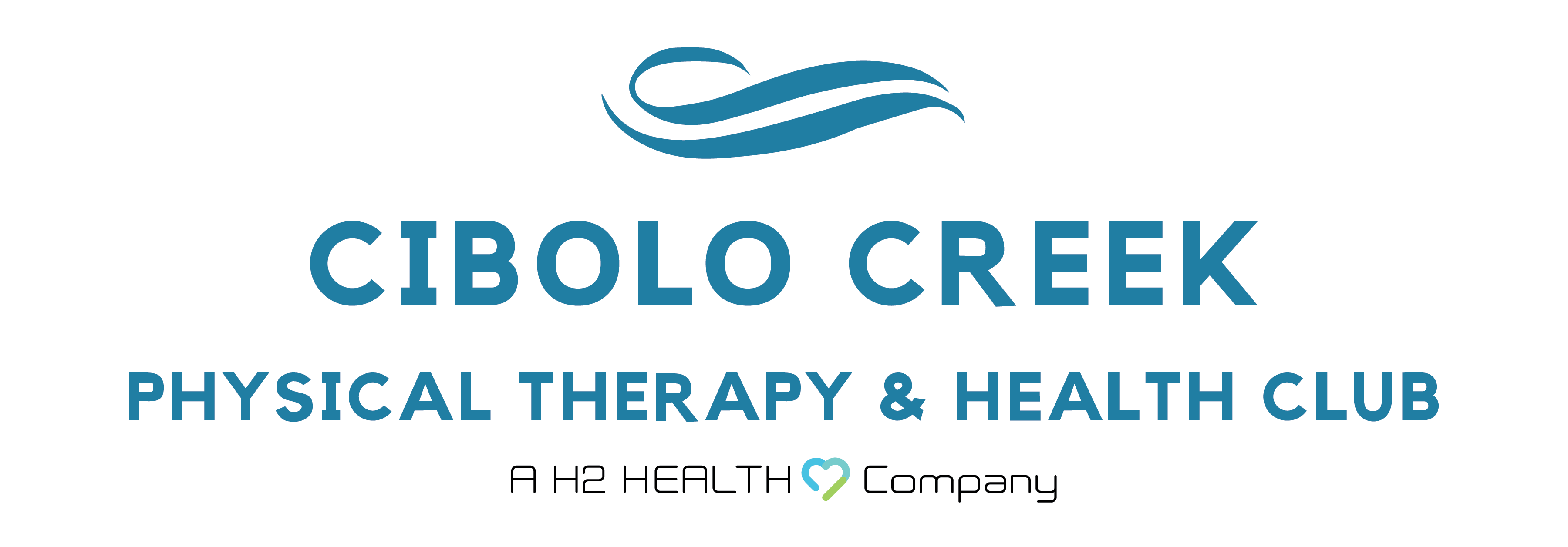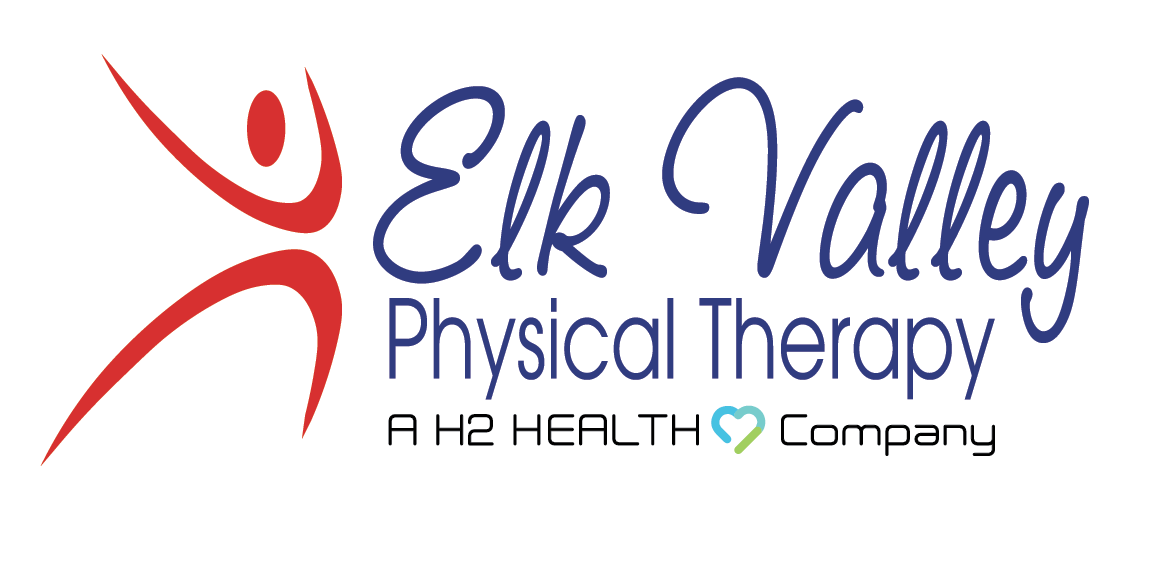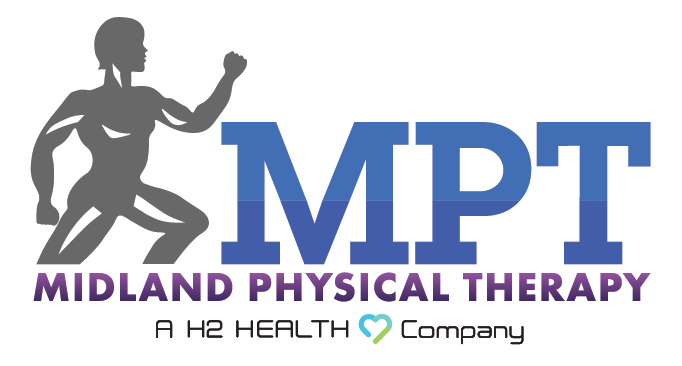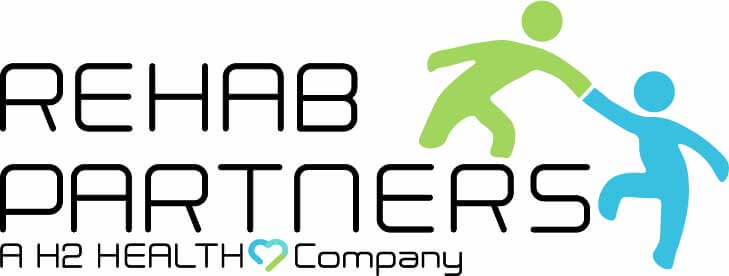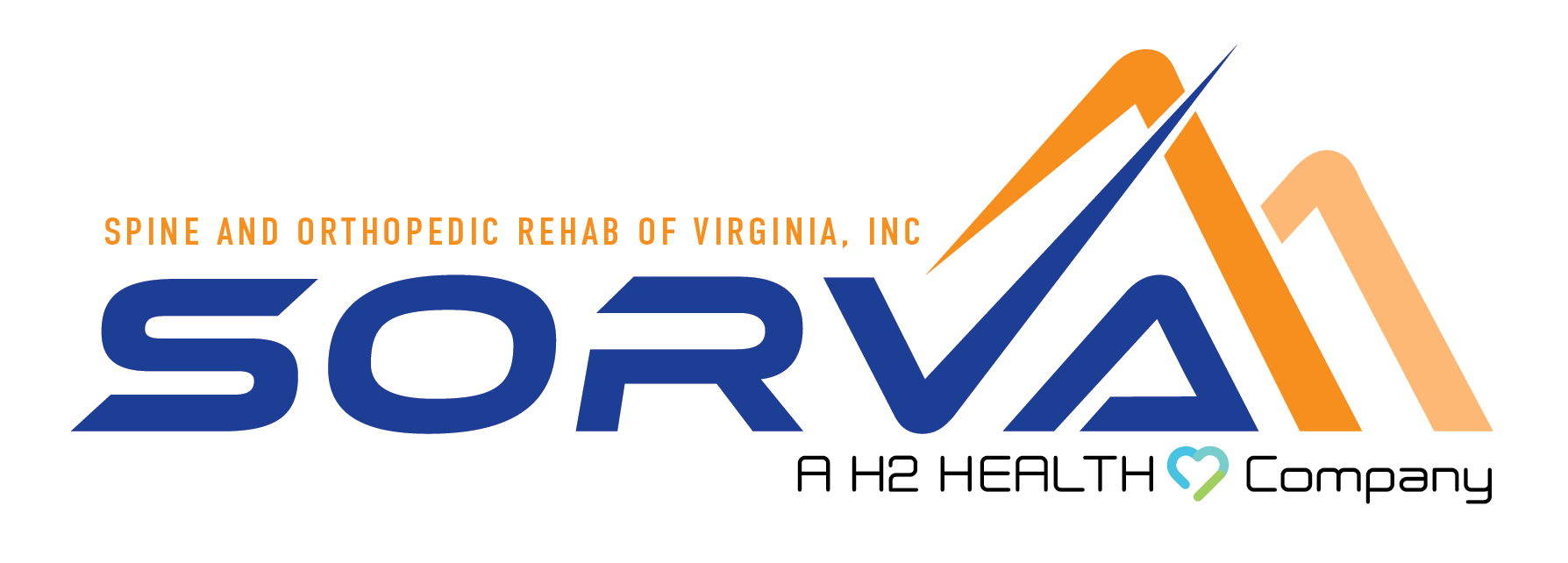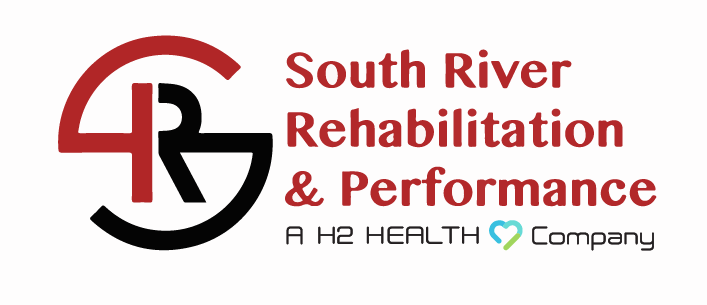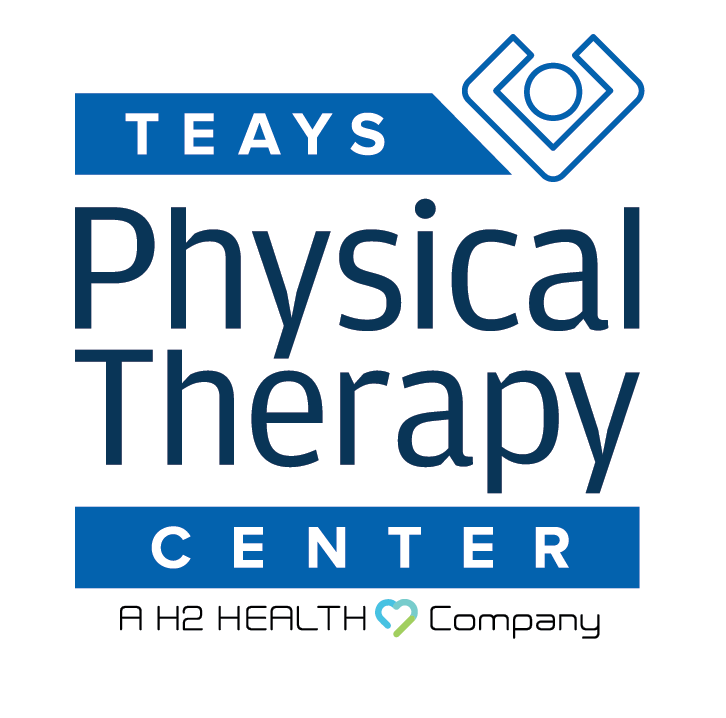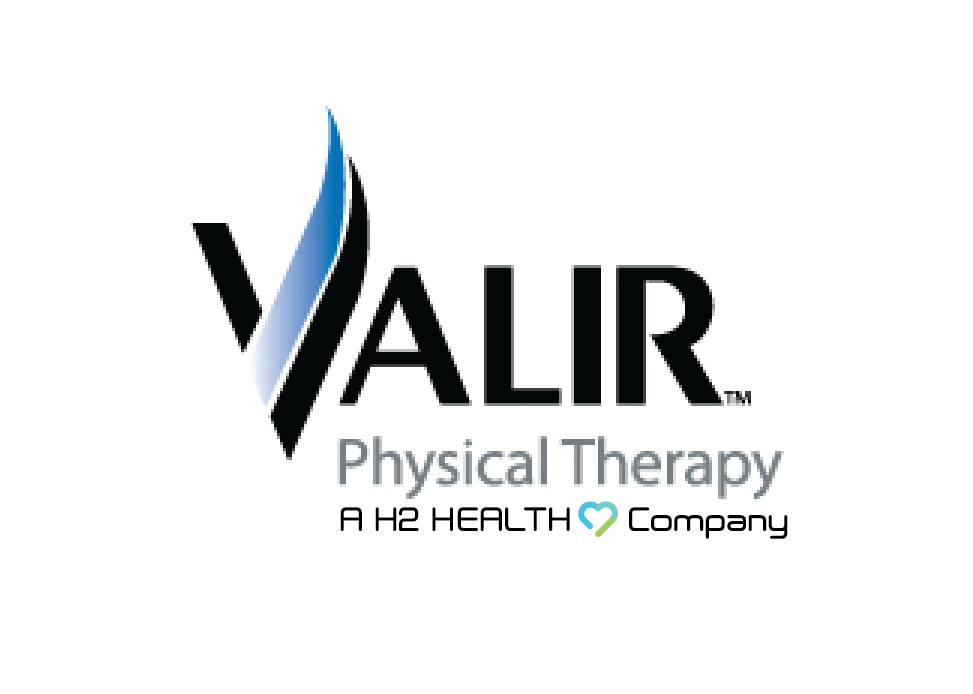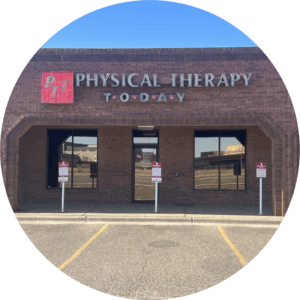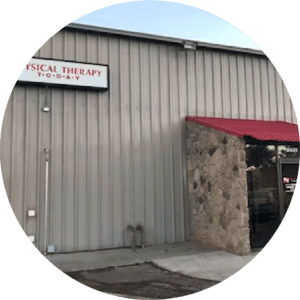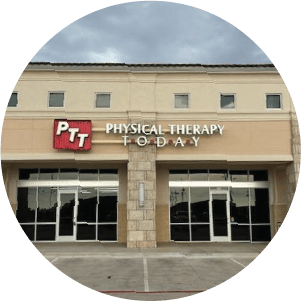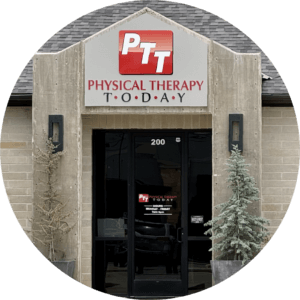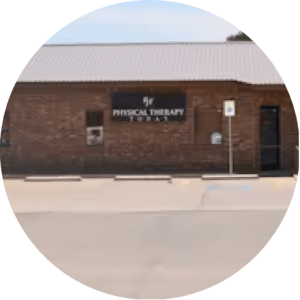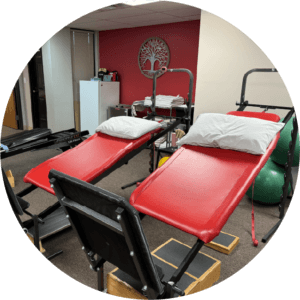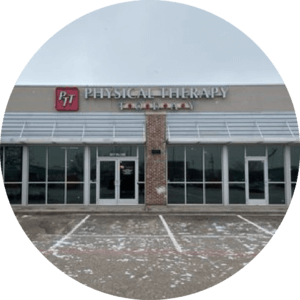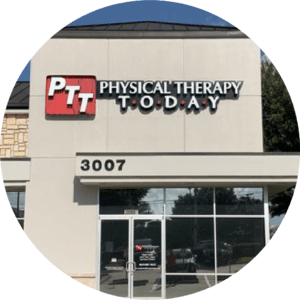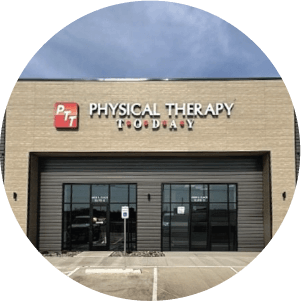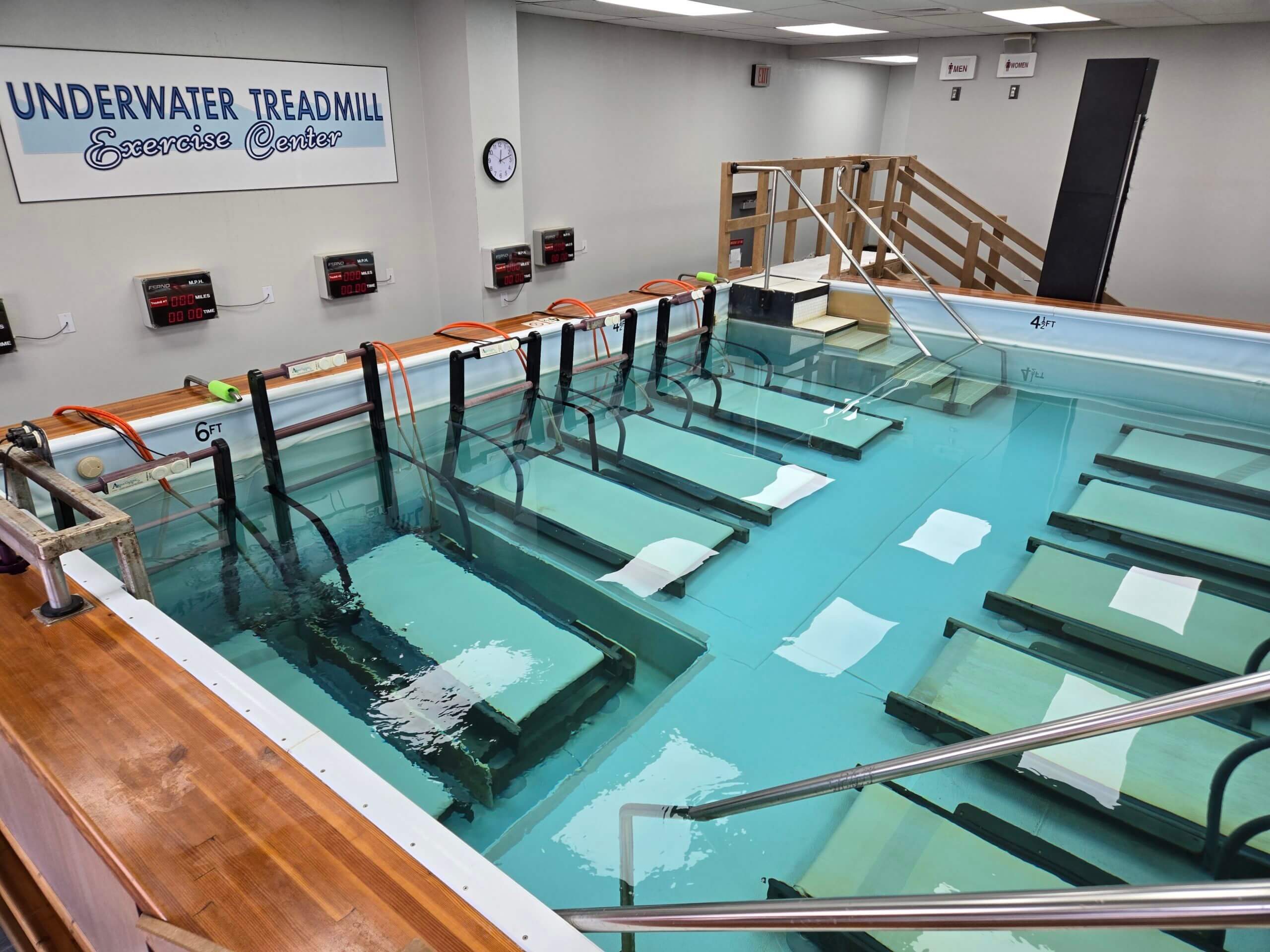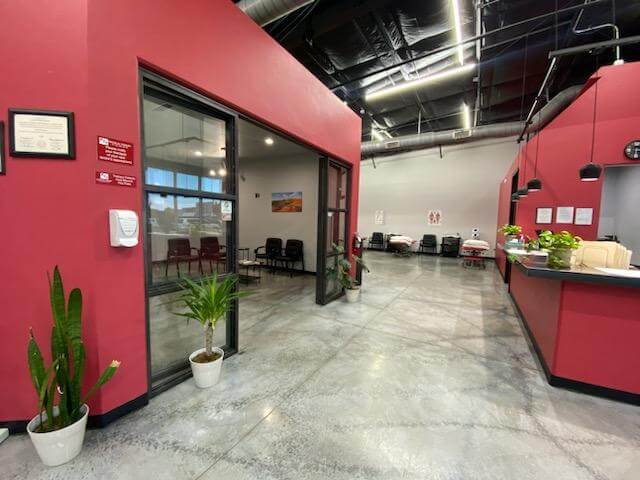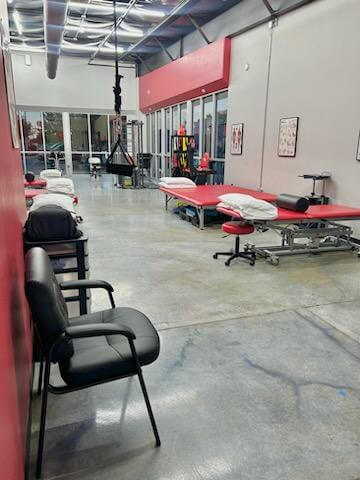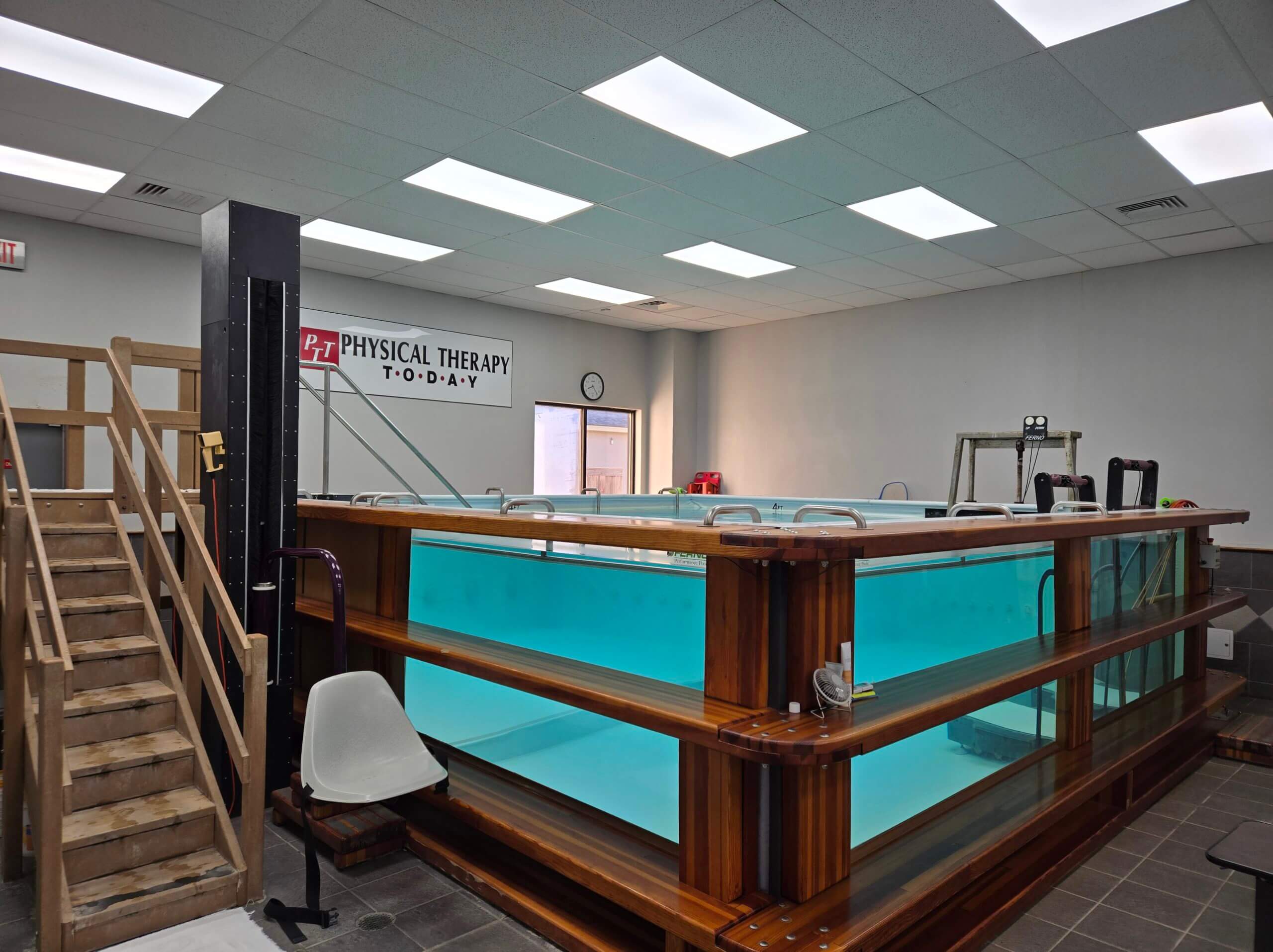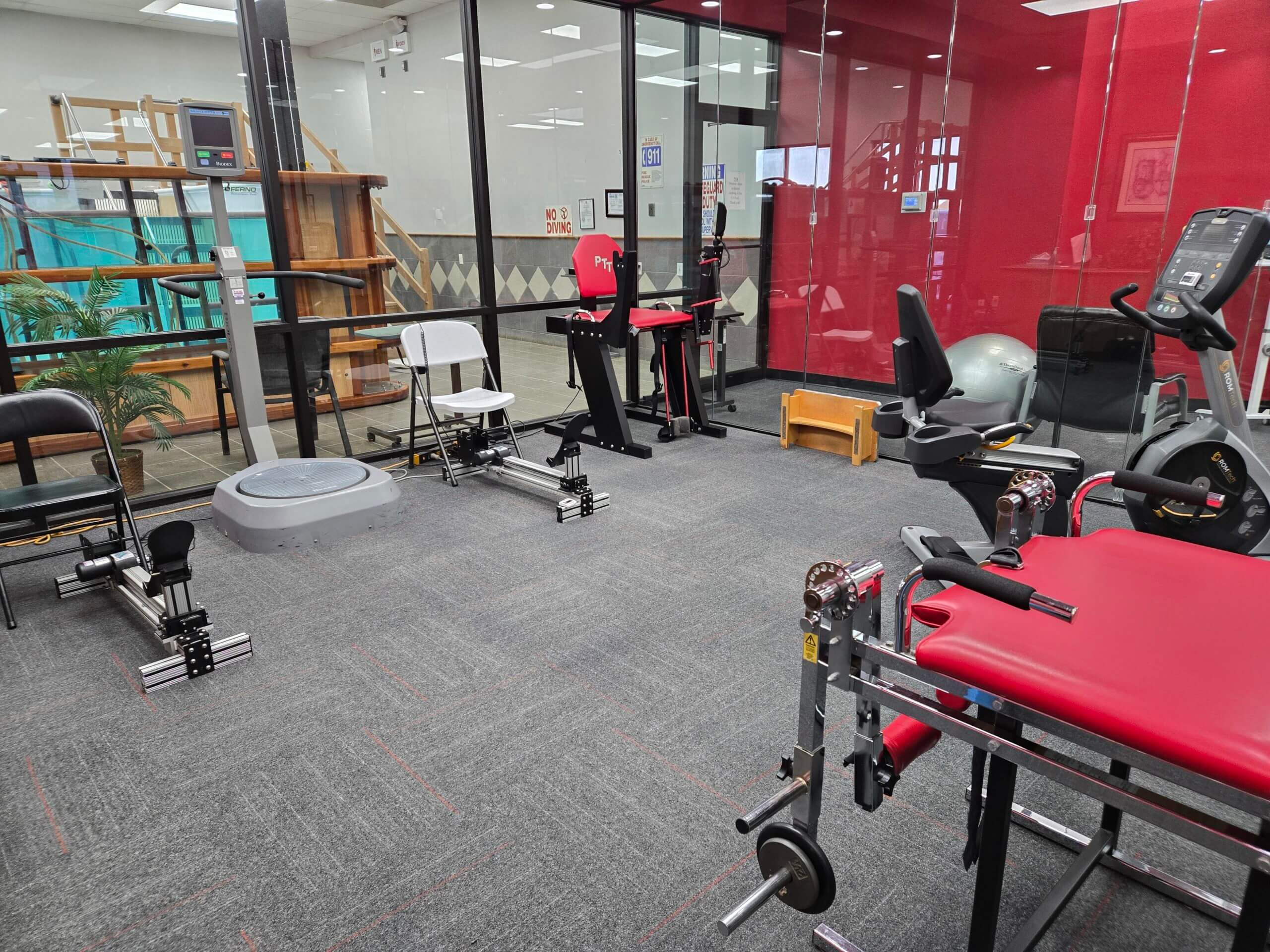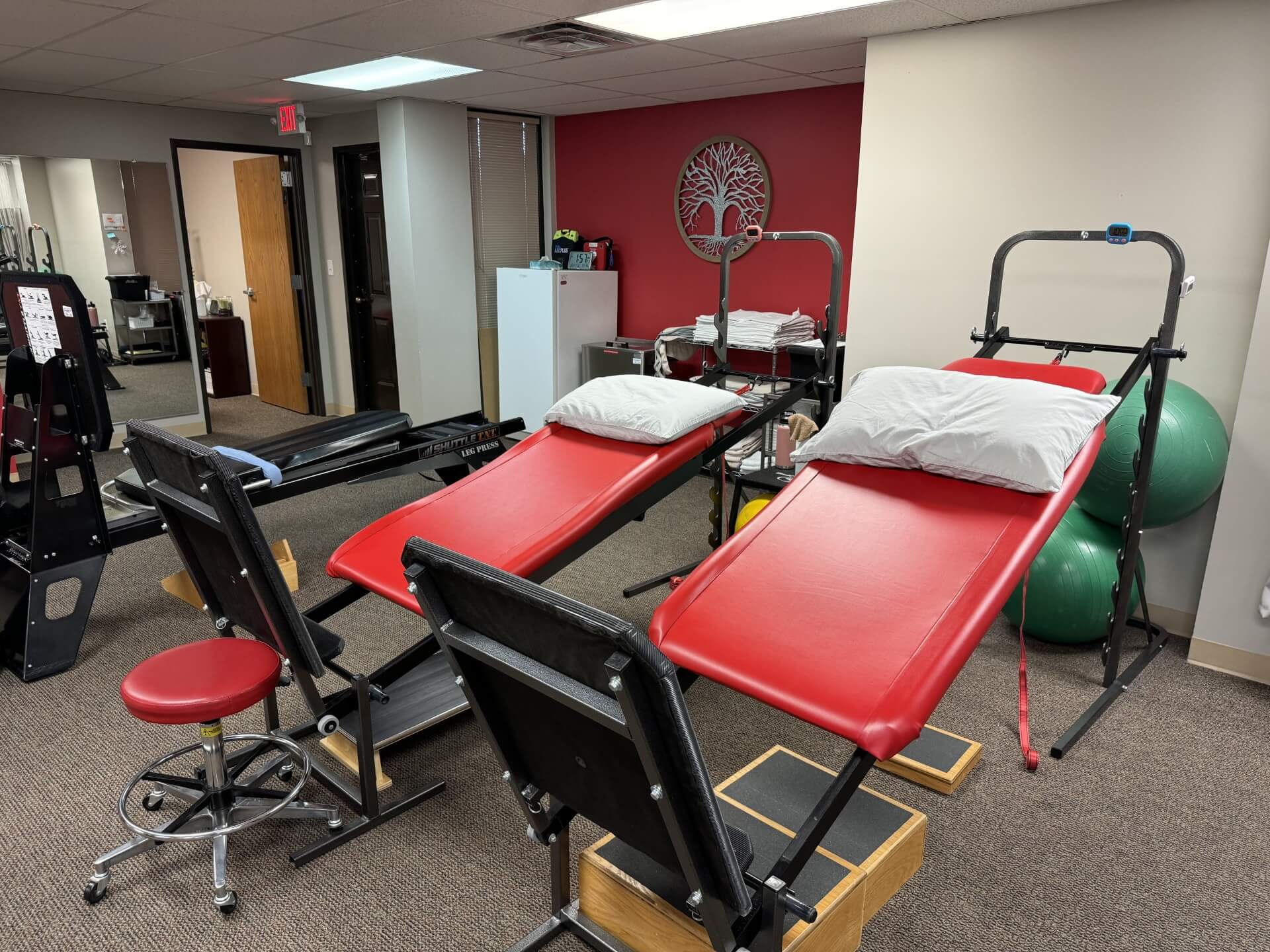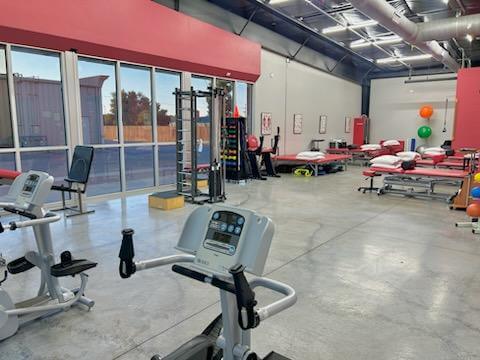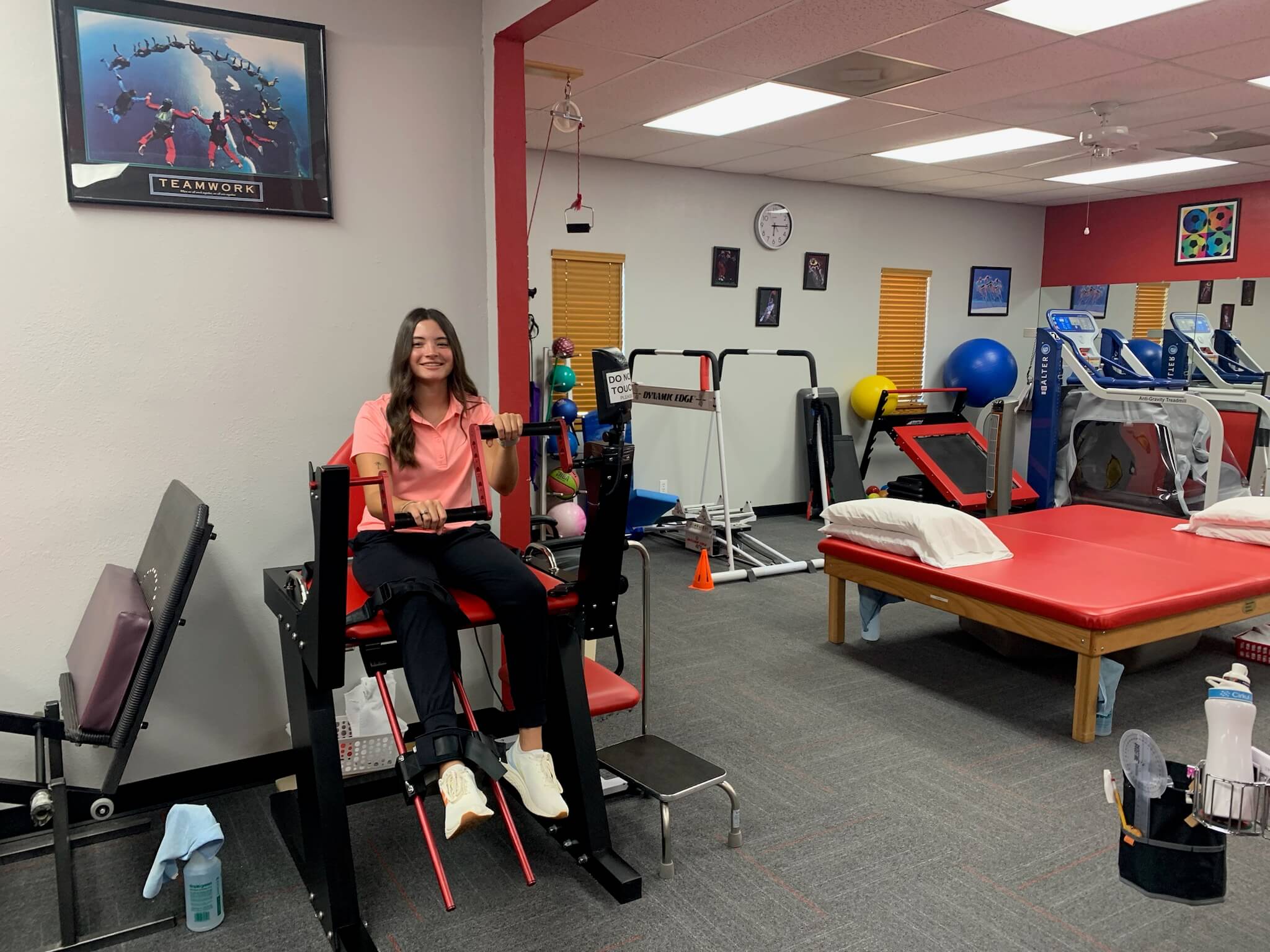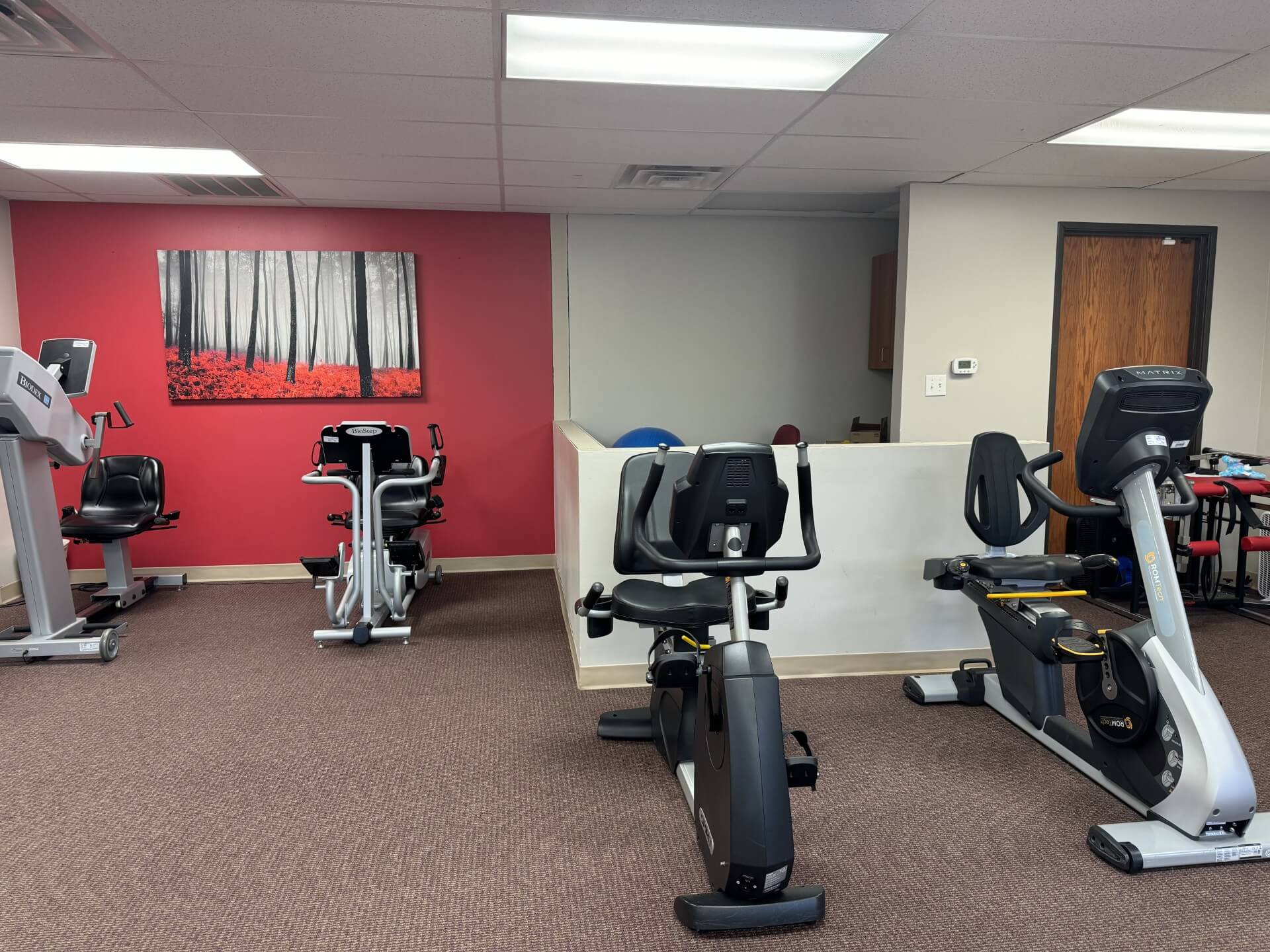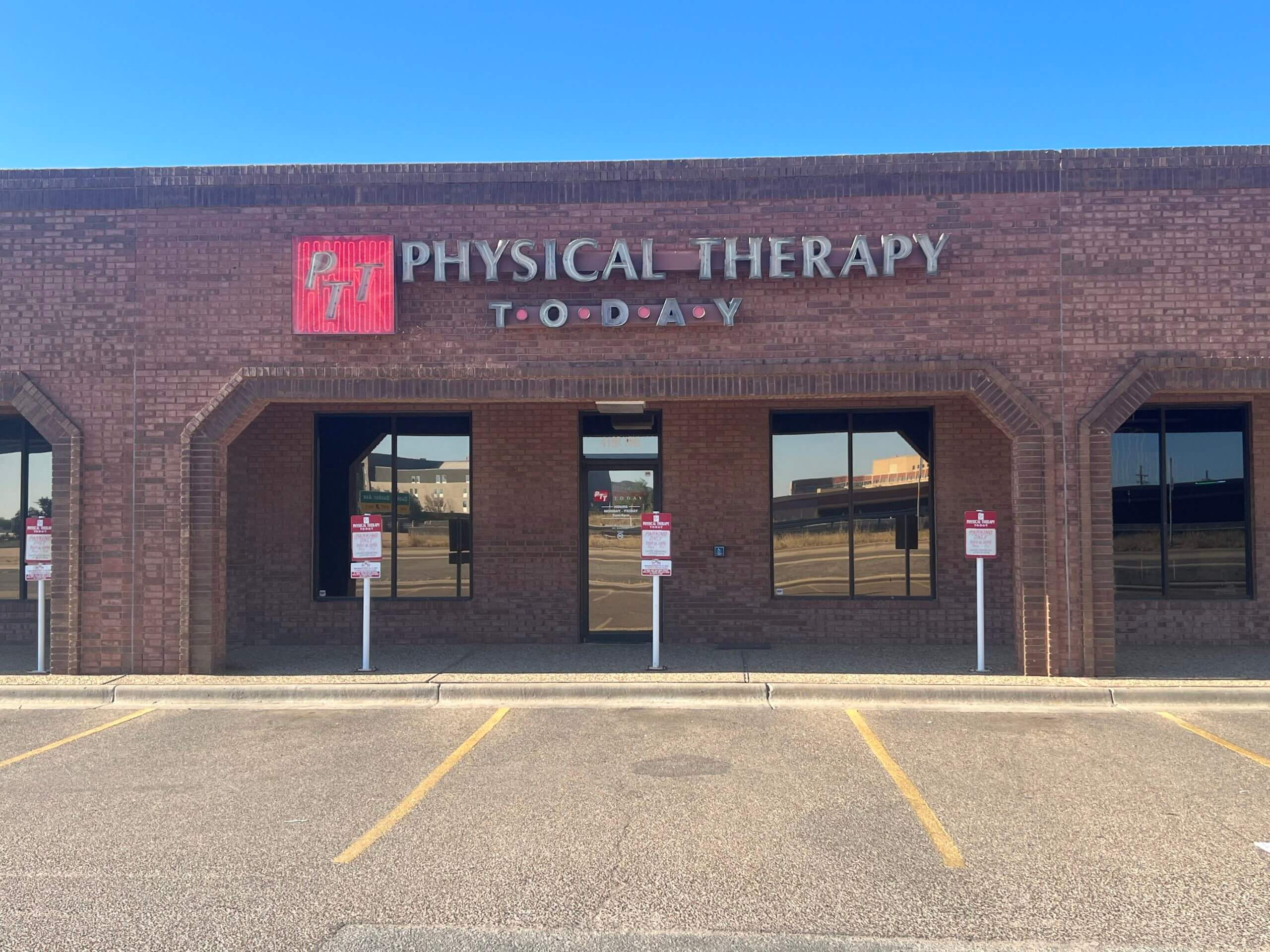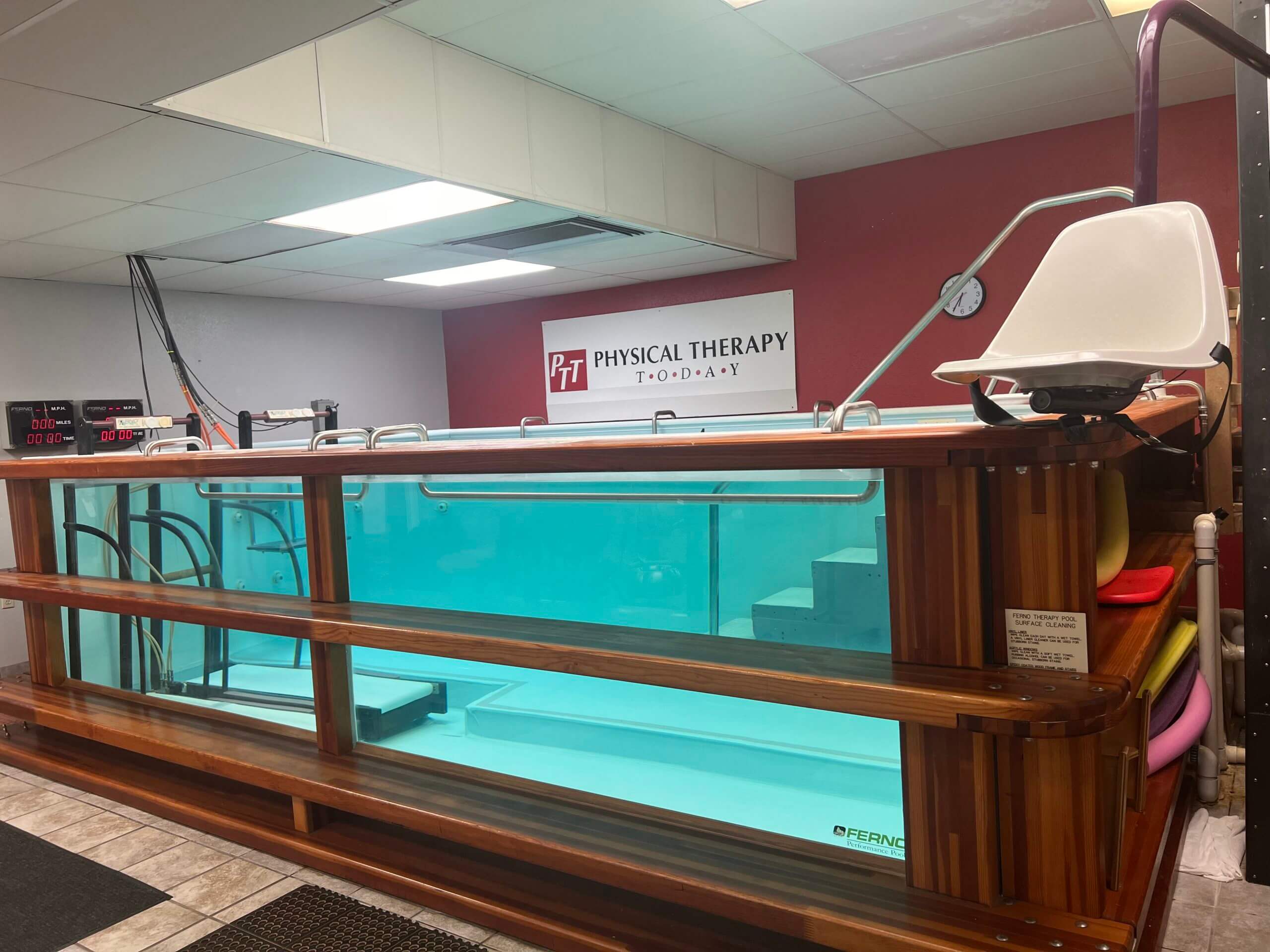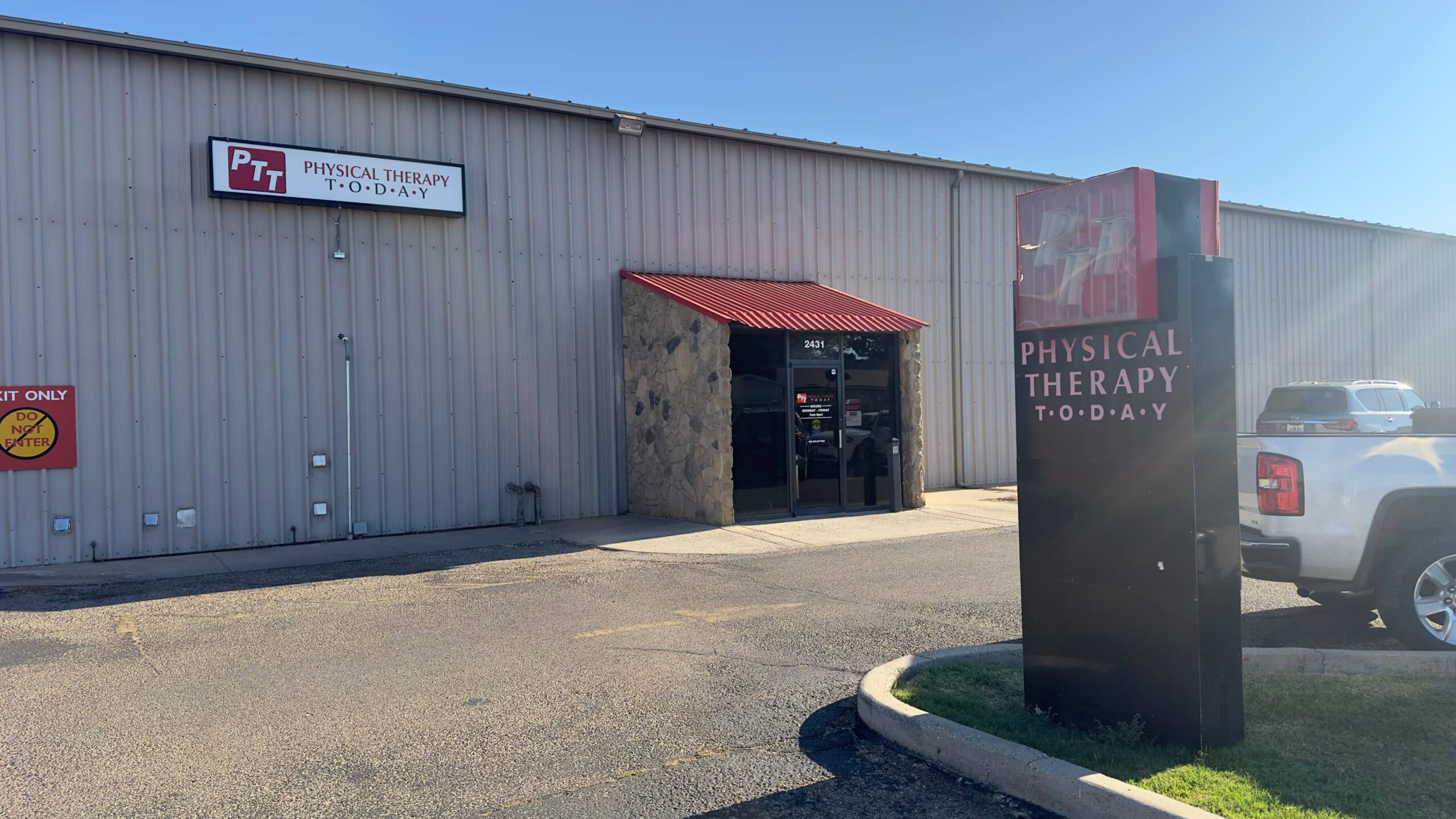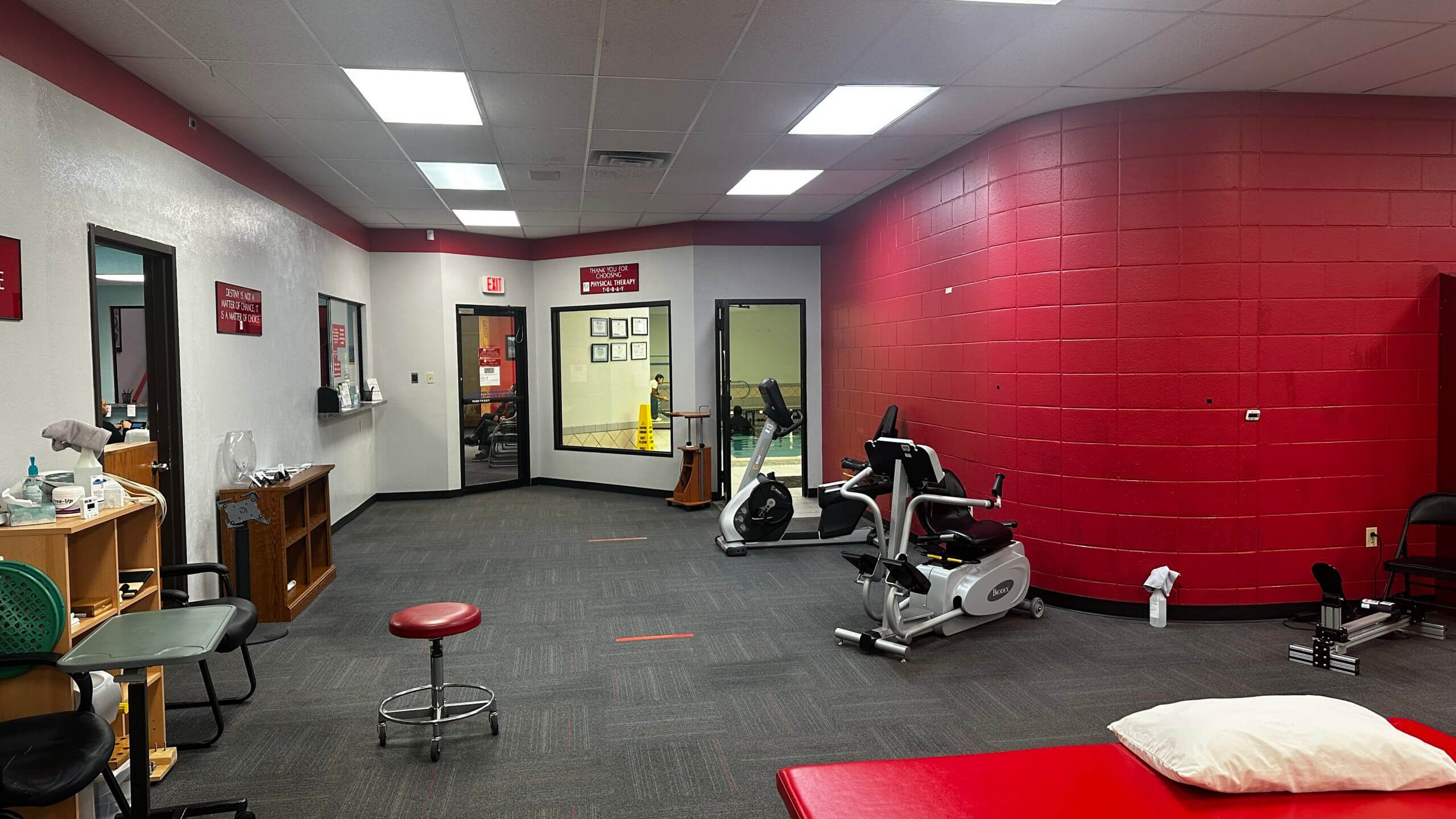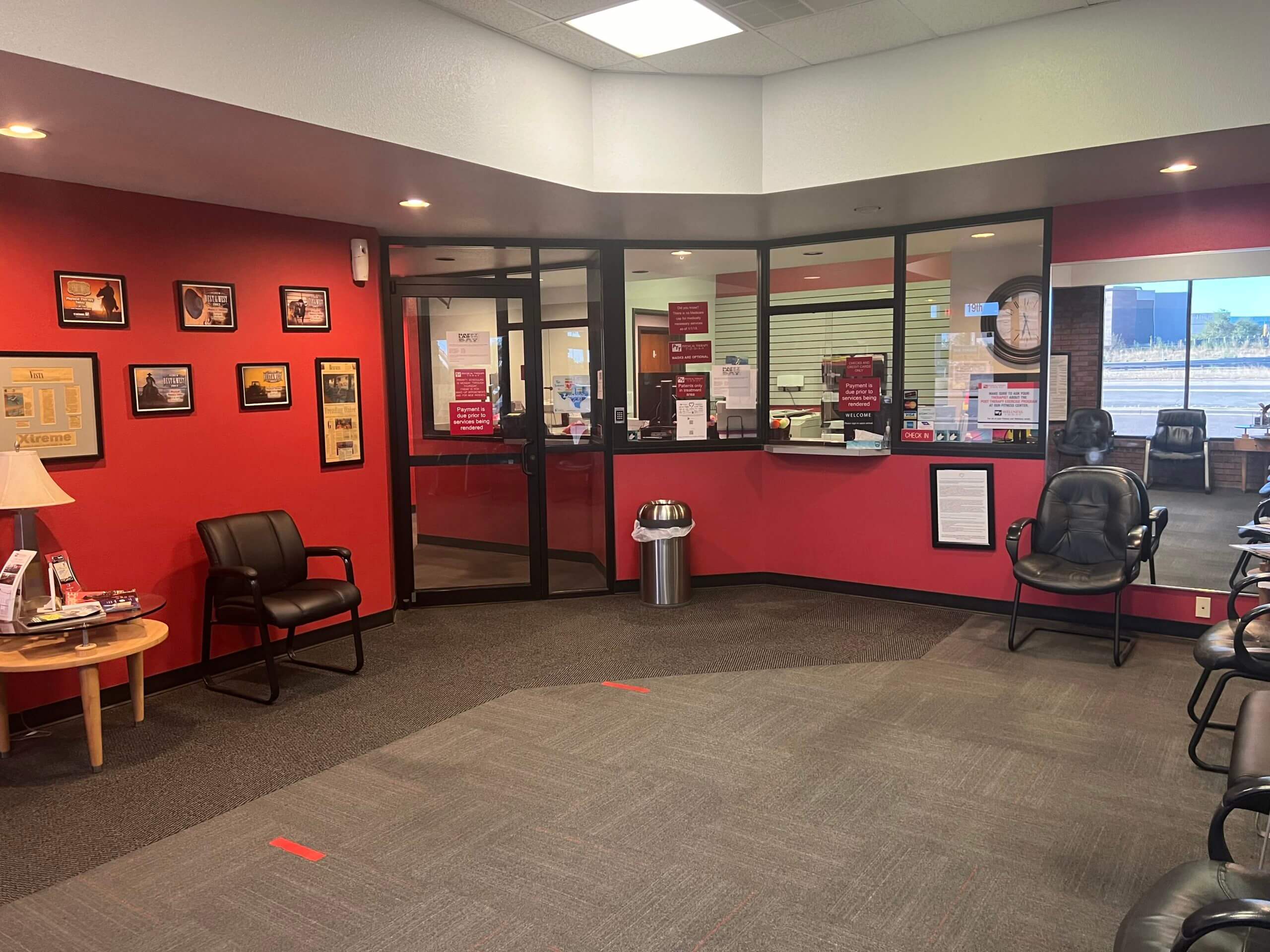-
PHYSICAL THERAPY TODAY
Serving You Today For A Healthy Tomorrow
-
-
"When you walk in, they make you feel like family and handle your case with care. The environment promotes a sense of community amongst patients, and I wouldn't go anywhere else for treatment."
- Verified Google Review
WELCOME TO PHYSICAL THERAPY TODAY
At Physical Therapy Today, we are committed to delivering the highest quality of care, compassion, and respect in a safe and comfortable environment. You will never be treated as "just another patient." Our highly trained physical therapists and support staff are committed to helping individuals of all activity levels and ages maintain their ability to live, work, and play at their best. As part of H2 Health team, we are equipped to treat a wide range of diagnoses in our community and deliver exceptional physical therapy services.
WHY
CHOOSE
US
✔ State-of-the-art outpatient physical therapy services
✔ Aquatic therapy featuring underwater treadmills
✔ Same-day service available
✔ Flexible, hassle-free scheduling
✔ Early morning and evening hours
✔ Bridge program to support patients after therapy
✔ Exceptional, customer-first service
✔ Compassionate, dedicated staff
✔ Most major insurance plans are accepted
✔ Back by the national H2 Health network of therapists
Outpatient Physical Therapy Services
If you are managing a chronic condition, recovering from surgery, or healing from an injury, our team is here to support you. During your initial visit, we will take the time to review your medical history, conduct a comprehensive evaluation, and collaborate with you to establish personalized treatment goals. Best of all, your journey to recovery begins on that very same day!
- Orthopedic Rehabilitation
- Aquatic Therapy with Underwater Treadmills*
- Post-Surgical Rehabilitation
- Sports Injury Care
- Concussion Management
- Balance and Fall Prevention
- Vestibular Therapy
- Chronic Pain Management
- Arthritis and Joint Care
- Work-Related Injury Rehabilitation
- Manual Therapy and Hands-On Treatment
*Not all clinics offer this service
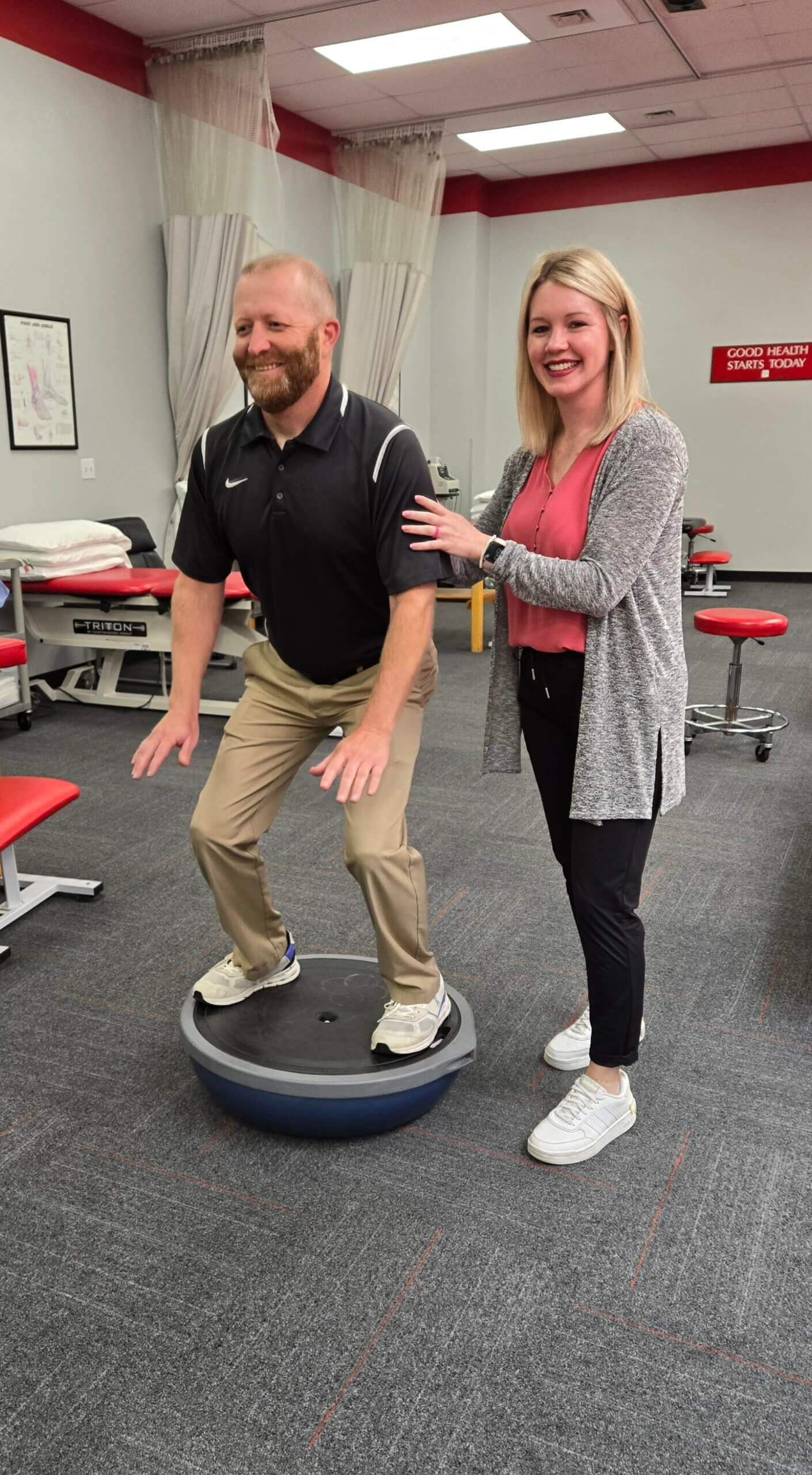
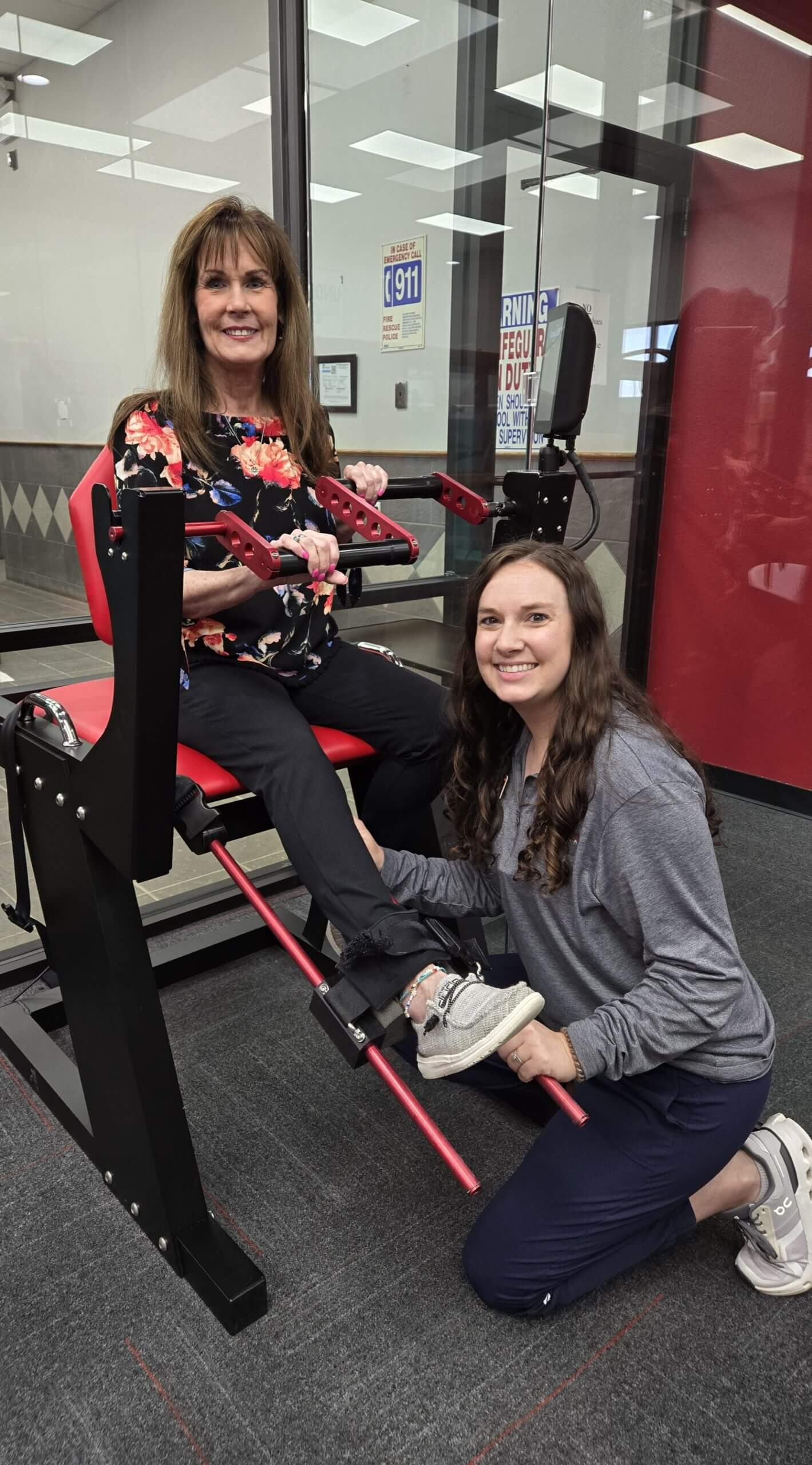
Conditions We Treat
Not finding your condition? Our team treats a wide range of concerns; ask us today.
See What Our Patients Are Saying
Underwater Treadmill Exercise Center
Physical Therapy Today offers a unique fitness experience through our Underwater Treadmill Exercise Center, conveniently located in Southwest Lubbock at 6202 82nd Street.
The center features 16 underwater treadmills housed in heated pools with a comfortable 4.5-foot water depth. Treadmill speeds range from 0.1 to 7.5 mph, making them adaptable for walking or running at nearly any fitness level. Each unit features a large digital display, enabling clients to track speed, time, and distance easily.
Exercising in water combines reduced joint impact with increased resistance:
- Buoyancy lessens stress on the lower back, hips, knees, and ankles.
- Chest-deep water supports about 75% of body weight, allowing safe movement while still building strength and endurance.
- Water resistance provides a challenging, calorie-burning workout that improves cardiovascular health and overall fitness.
This one-of-a-kind option makes it possible to work out effectively while protecting your joints.

